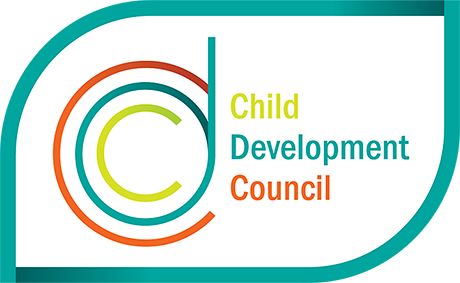Engagement in education and the workforce
Each section below gives further explanations on the data shown in the dashboard.
Fully engaged
This data highlights young people’s level of engagement in study and/or work where they were ‘fully engaged’ (those who are employed full-time and/or studying full-time or employed part-time and studying part-time).
In 2022, nine in 10 (88%) young people, 15 to 19 years, were reported as being fully engaged in education, training or work in South Australia, similar to the national average.
Longitudinal overview
The longitudinal overview follows young people from school through to further study and work by surveying the same cohort of young people over a decade, from 15 to 25 years. The most recent cohort of young people surveyed commenced in 2015 when they were 15 years of age (2015 cohort).
Key findings for South Australia’s 2015 cohort at approximately 19 years of age:
-
- 96% completion rate for Year 12, or Certificate III, or a higher qualification
- approximately 50% were undertaking higher education study
- more than 76% were employed and almost half (48%) employed casually
- 5% were undertaking apprenticeships or traineeships
- 10% were enrolled in VET study.
Higher Education
Young people may choose post-secondary school study at a university or other tertiary institutions, which for the purposes of this report, refers to undergraduate qualifications, postgraduate qualifications and/or study in non-award or enabling courses for domestic students.
Key findings for South Australia in 2019:
-
- most young people in higher education were studying an undergraduate course full-time and internally (eg, through attendance at higher education institutions)
- students in higher education were more likely to be female and 18-19 years old
- 245 were young Aboriginal people (up from 180 in 2016)
- 1,315 were young people with disability (up from 1000 in 2016)
- 3,900 were from a low socioeconomic area (up from 3,595 in 2016).
Vocational education and training (VET)
Young people enrolled in VET study may be enrolled in Australian Qualification Framework (AQF) programs or individual subjects required for a specific employment skill set. Enrolment reflects students’ needs and requirements. The VET AQF programs range from Certificate I through to Advanced Diploma.
Key findings for South Australia in 2021 for young people enrolled in AQF programs:
-
- they were more likely to be male, to be studying a Certificate III and still attending secondary school
- most lived in low socioeconomic areas
- 1,020 were Aboriginal (down from 1,240 in 2017).
Apprenticeship and traineeship
Young people with apprenticeships or traineeship contracts are required to complete both on-the-job training and an AQF qualification at a registered training organisation.
Key findings for South Australia in 2021:
-
- more males than females were ‘in-training’ for an apprenticeship or traineeship; however, more females completed an apprenticeship or traineeship by 19 years old
- young people commencing with an apprenticeship or traineeship contract were more likely to have an occupation as a technician and/or trades worker
- 240 Aboriginal young people were in-training for apprenticeships or traineeships (up from 210 at 30 June 2017).
Employment and labour force
Each month the Australian Bureau of Statistics releases employment status estimates for the population, including for young people, 15 to 19 years, in South Australia.
The five employment status categories are:
-
- Employed full-time – working 35 hours or more a week (in all jobs)
- Employed part-time – working less than 35 hours a week (in all jobs)
- Not in the labour force (NILF) – students, taking care of children or other family members, not working and not seeking work
- Unemployed – full-time work – actively looking for full-time work
- Unemployed – part-time work – looking for part-time work only. It may also include students studying full-time in higher education.
Key findings for South Australia in 2022:
-
- the number of young people classified as NILF was the largest of the five categories above. This may suggest that a significant number of young people enrolled in full-time study were not looking for work.
- young people from rural or regional South Australia tended to have higher participation rates and lower unemployment rates than those in metropolitan Adelaide.
Secondary school
Secondary schools in South Australia are most commonly classified into three categories: government, catholic and independent.
Completion of the South Australian Certificate of Education (SACE) entails meeting the minimum requirements in both the grades and the number of subject credits.
Key findings for South Australia in 2021:
-
- 61% of young people were studying at a government school, 18% catholic and 22% independent.
- Most young people complete SACE at 17 or 18 years.
